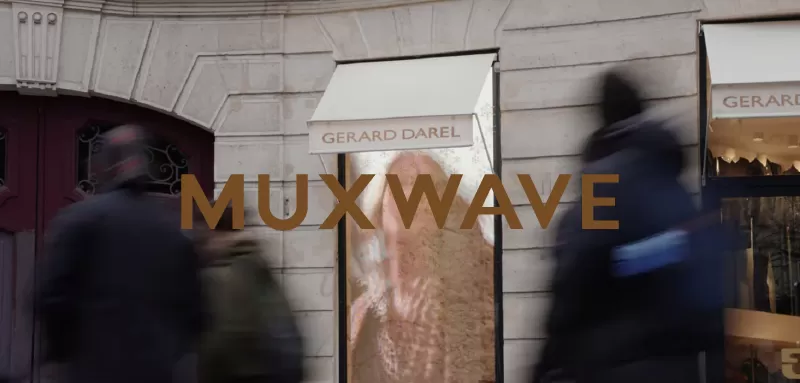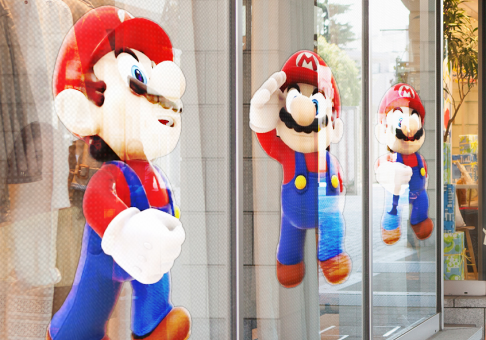The installation methods for Muxwave LED transparent display can vary based on the application scenarios, but generally, here are some common installation methods:
Mounting (Adhesive Installation): Muxwave LED transparent display can be affixed to glass or other transparent surfaces similar to applying a film. This method typically does not require additional brackets or frames and is suitable for applications such as transparent glass display windows in commercial spaces, building facades, or interior glass partitions. This installation method allows the transparent screen to seamlessly blend into the environment.
Suspension Installation: LED transparent displays can be installed in mid-air using suspension brackets or hanging systems, creating a floating effect or dividing spaces in areas like commercial exhibitions or museums.
Frame Support Installation: LED transparent displays can be supported and installed using custom-made frames or brackets. This method is often employed for larger-sized transparent screens, ensuring stability and safety.
Standalone Installation: Some transparent screen products are designed as standalone structures, similar to monitors or televisions. This type of LED transparent display can be placed anywhere without the need for complex installation steps.
Muxwave LED transparent display utilizes an adhesive mounting method, adhering to glass surfaces. It is widely applied in architectural and commercial spaces where transparent glass is commonly found, offering an invisible integration that does not compromise natural lighting. The display does not alter the transparent nature of the glass or obstruct the transparency of the space, ensuring unimpeded light and line of sight. When in use, it instantly transforms into a large, high-definition screen. This product is the world’s first seamless, fully transparent, and high-definition LED display with a large surface area. It meets a variety of application needs in current and future spatial digital interactive scenarios.

